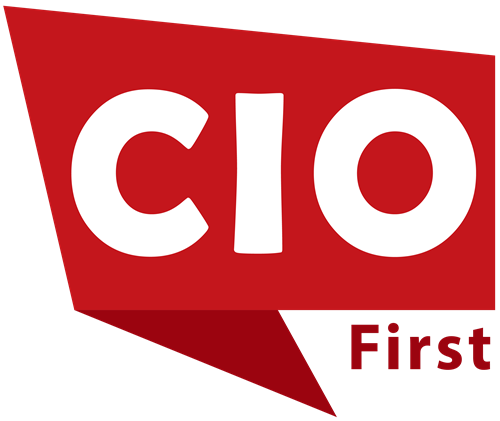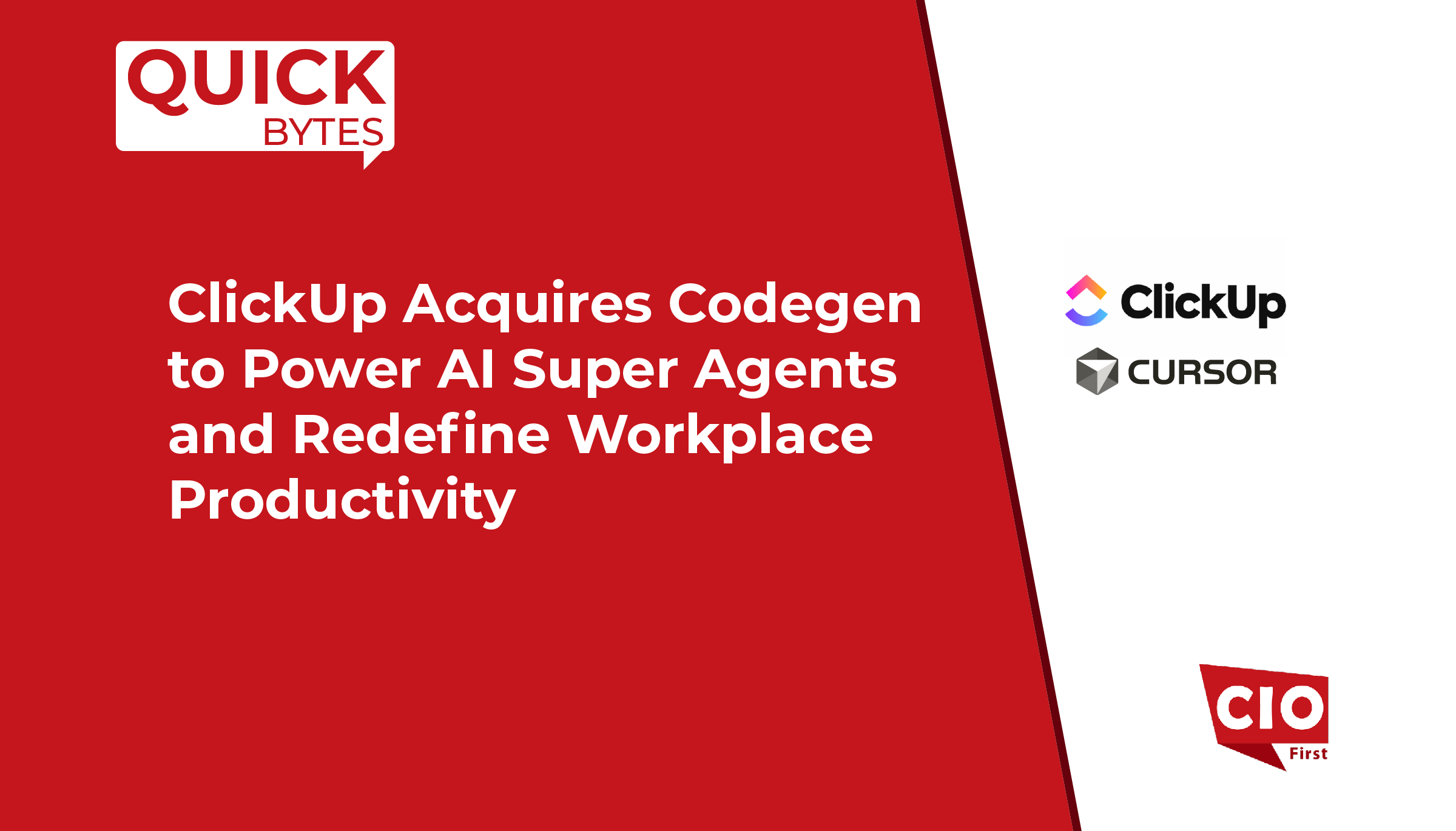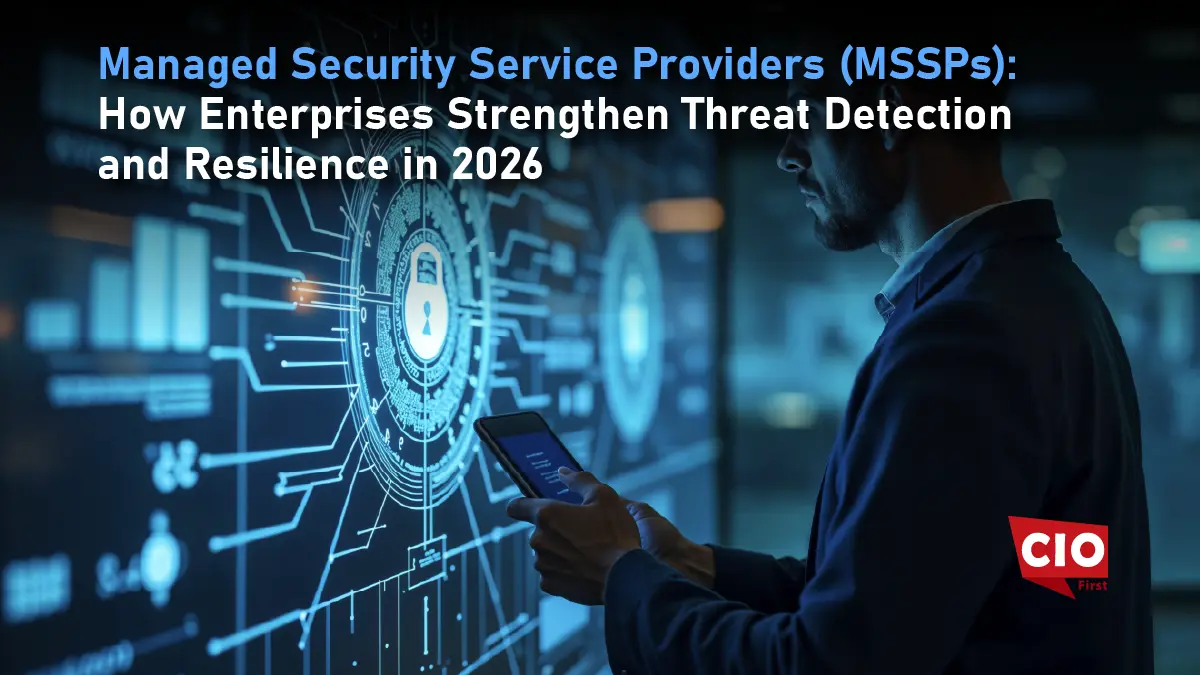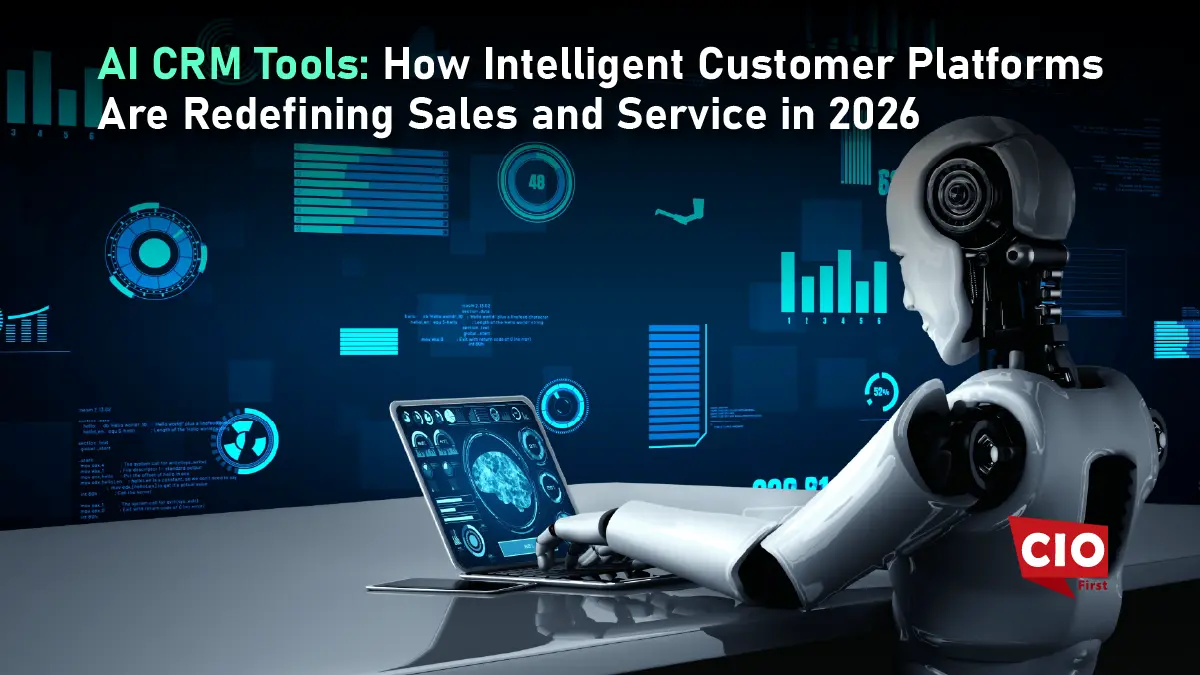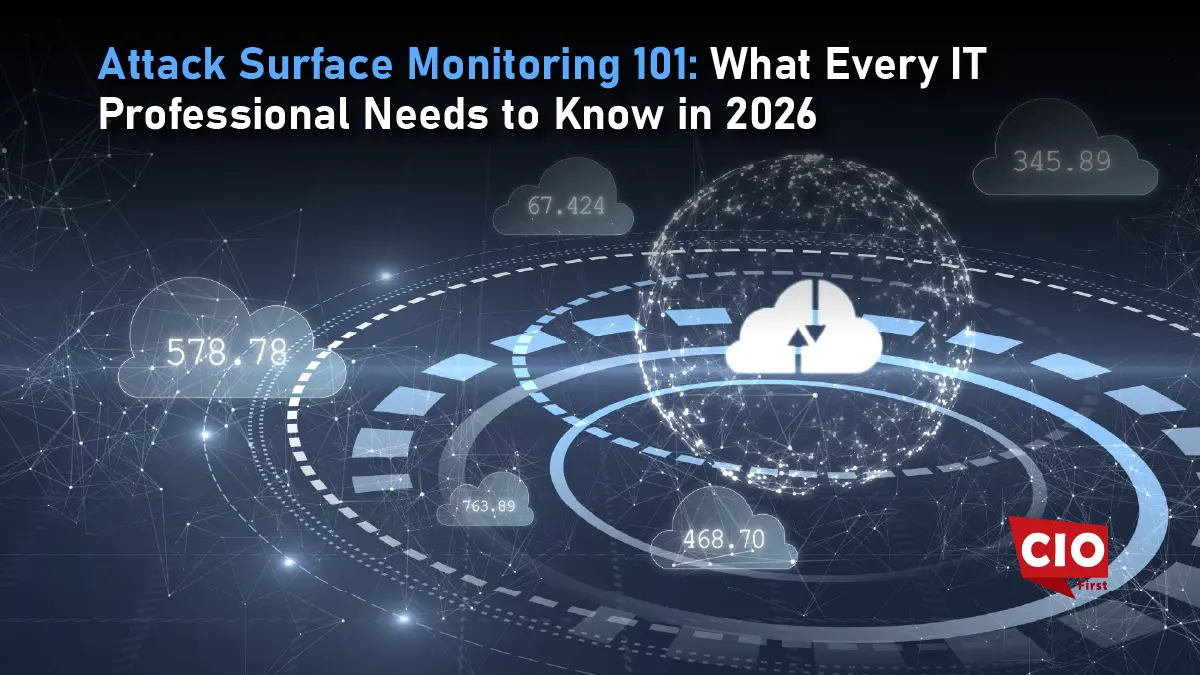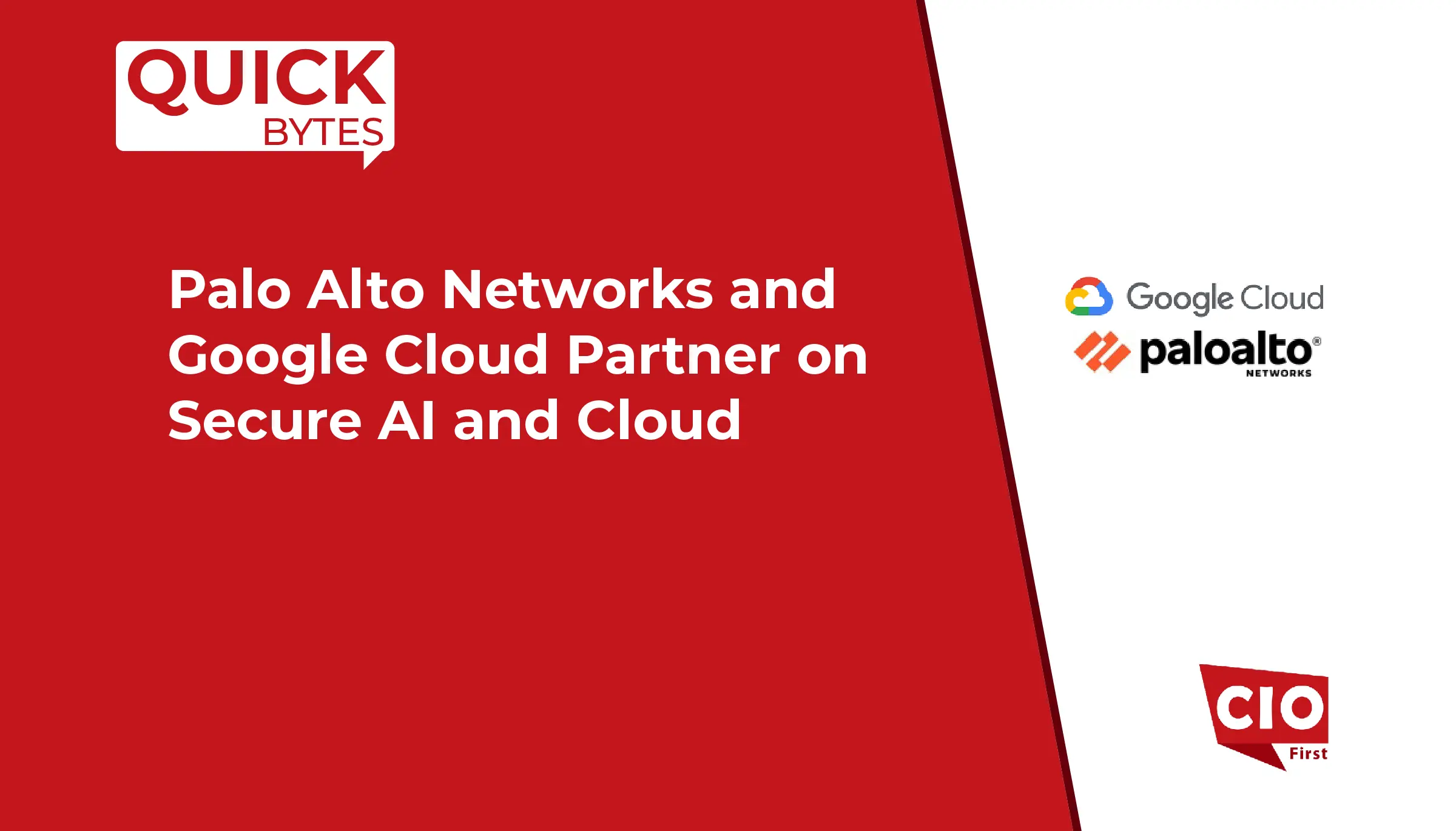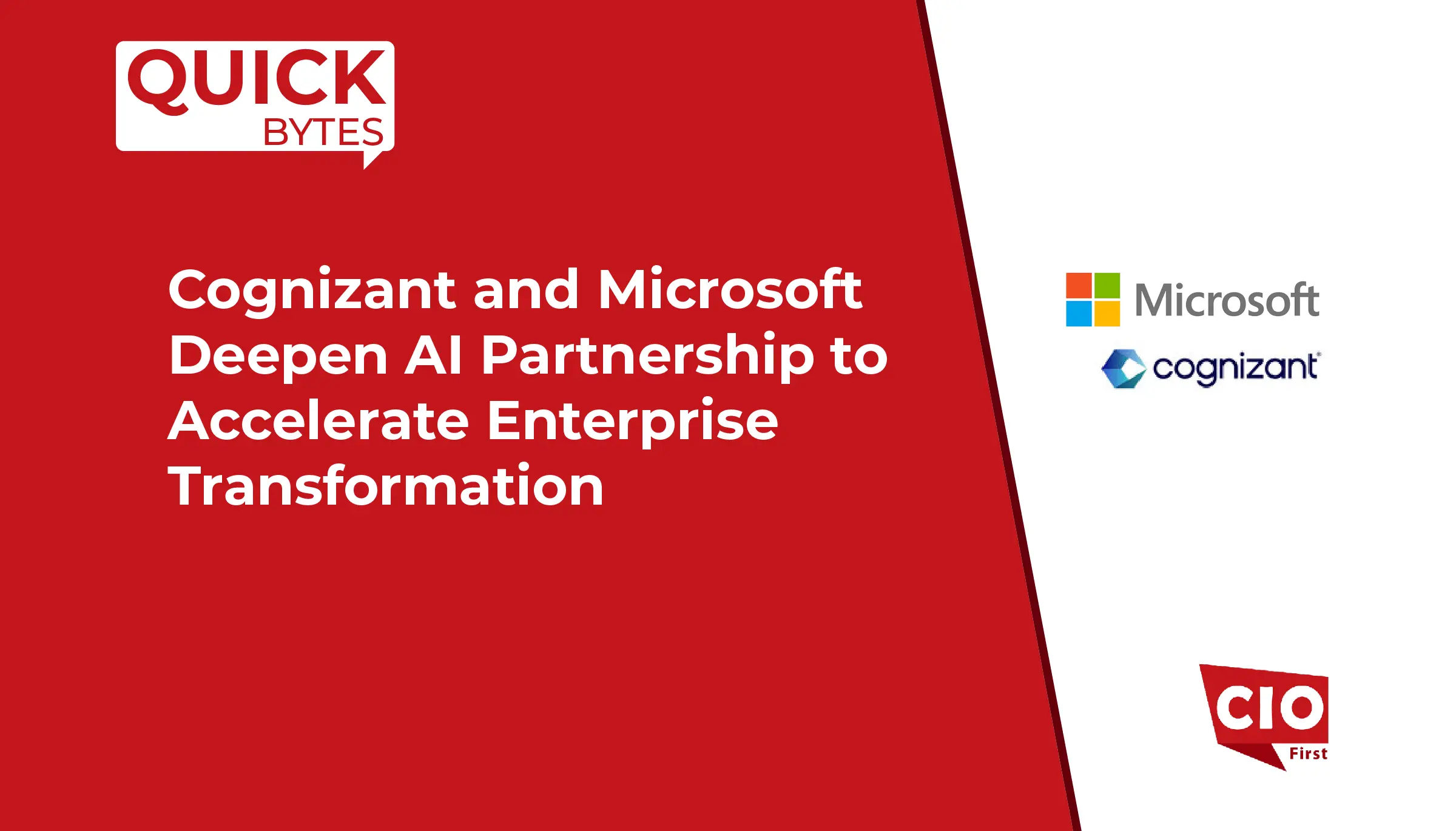Every week, unpatched systems leave companies exposed. One overlooked update can lead to a data breach, stalled projects, and IT teams running in circles just to put out fires. Most organizations see patch management as a tedious task that something to tick off a list. That mindset is expensive.
But really, it doesn’t have to be that way. Modern patch management can actually change how things run. It catches vulnerabilities before they turn into big problems. Systems stay up and running. And your IT team? They can spend their time on real business work instead of constantly putting out fire.
For a CTO, the benefits are clear. Risk is reduced, operations stay efficient, and automation saves hours that add up to significant cost savings. This article will show how adopting a proactive, automated patch management approach delivers measurable returns. Done right, patching stops being a burden and starts being one of the smartest investments your company can make.
The Shift to Strategic Patch Management
For a long time, patch management was just a box to tick. IT teams would rush to apply updates, mostly for Microsoft systems, usually after a problem popped up. It worked, sort of, but it left gaps that attackers loved. And honestly, it was exhausting for the people doing it.
Today things are changing. Patch management is becoming proactive instead of reactive. Organizations are using centralized tools that handle all systems and applications, not just the obvious ones. They look at risk first, using things like vulnerability prioritization scoring, asset criticality mapping, and tying into zero-trust setups. That way, the biggest threats get fixed first.
ISO/IEC TS 9569:2023 gives practical guidance, showing how to do this properly. With the right approach, patching stops being busy work. It reduces breaches, cuts downtime, and lets IT focus on real projects that actually matter.
Drastic Reduction in Breach Risk (The Security Dividend)
Breaches cost more than money. They cost time, trust, and reputation. And the frustrating truth is most of them could have been avoided. Attackers usually go after vulnerabilities that already have patches. It is not the technology failing, it is the process. Too often patches sit on a list while IT teams react only after something breaks. That gap is what hackers exploit.
The costs are real. There are direct costs like forensic investigations, legal fees, and regulatory fines. In Europe, GDPR penalties can reach millions if customer data is exposed. Then there are indirect costs that hit harder over time. Customers leave, your brand takes a hit, and stock value can drop. These effects last far beyond the initial breach cleanup.
Modern patch management changes this. Tools now look at real risk using CVSS scores, asset criticality, and exploitability. They focus on what matters most. Not all patches are equally urgent. Prioritizing the critical ones first gives the highest security return.
ENISA’s 2025 Finance Sector Threat Landscape confirms this. Financial assets are constantly targeted, yet most attacks rely on vulnerabilities that were already known. Firms that patch strategically stay far safer. This shows that proactive, risk-based patching is not just theory. It is practical protection.
The lesson is simple. When patch management is treated as a real security strategy, it saves money, reduces headaches, and protects customers. IT teams stop running in circles and focus on work that actually matters. The organization becomes stronger, safer, and more resilient.
Also Read: The Future Impact of AI in the Hybrid Workspace
Minimizing Downtime and Boosting Productivity (The Operational Gain)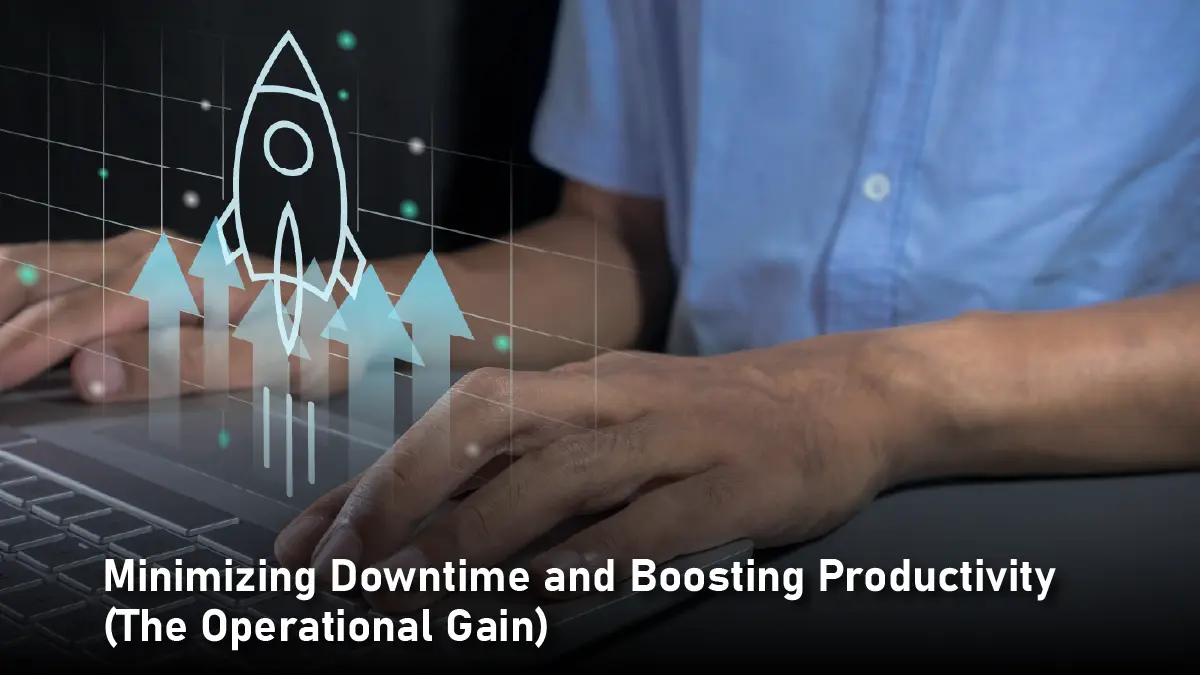
Downtime sneaks up on you. One minute everything is fine. The next, a system is offline, a report is late, and people are scrambling. It is not always a big security incident. Sometimes it’s a patch that failed or was applied at the wrong time. You end up in this loop of break it, fix it, then fix something else that breaks. It gets exhausting, and it costs more than most budgets account for.
Patch management doesn’t have to be this way. You can pre-test updates so surprises are rare. Roll-back tools help when something goes wrong, and scheduling updates for off-hours keeps everyone moving. IT teams stop running from fire to fire. They can breathe a little and focus on work that actually matters.
Employees notice the difference too. Nobody likes a computer that reboots in the middle of writing a report or slows down because of a patch conflict. When updates happen thoughtfully, people stay in the flow, deadlines get met, and frustration drops.
The benefits are bigger than uptime. IT staff spend time on projects that move the business. Employees get work done without interruptions. The company keeps moving. Smart patch management doesn’t just protect systems. It protects time, people, and the ability to deliver day after day. It’s not flashy, but it is one of the things that keeps a business running smoothly and keeps everyone sane.
Freeing IT Resources Through Smart Automation (The Cost Savings)
Patch management can eat up more time than you think. You might not notice it at first, but someone on the IT team spends hours just checking updates, packaging them, and installing them everywhere. It’s repetitive and boring. And it doesn’t really move the business forward. All that time costs money, salaries, overhead, and a lot of mental energy.
Automation changes everything. You set up the tools, and they handle the updates. They can test, deploy, and even undo a patch if it goes wrong. You don’t need someone staring at spreadsheets or clicking through consoles for hours. For example, a task that takes a full day manually can happen in a few minutes.
The best part is that your team is freed up. They can finally focus on work that actually matters. Cloud migrations, improving security, digital projects and other stuff that creates real value. That’s what really counts.
Centralized control makes it even easier. You see everything in one place. Different operating systems, apps, containers, it’s all together. Fewer tools, fewer headaches.
IBM says patch management is applying vendor updates to close security gaps and keep software running well. With automation, it stops being a drain. It saves time, money, and lets your IT people work on the things that actually make a difference. You still protect your systems, but now it doesn’t feel like a full-time job just to keep them running.
The Modern Patch Management Toolkit
Patch management works best when it’s smart and practical. You want tools that do the thinking for you. Risk-based prioritization is key. Not every patch matters the same. Modern tools look at real-world exploit data, not just what the vendor says, so the biggest threats get fixed first.
Third-party applications matter too. Legacy systems often leave gaps here, but comprehensive patching that covers non-OS software keeps everything protected. You don’t want your defenses breaking at the edges.
Automated discovery and inventory help you see what’s out there. Every device, every patch status, in real time. It takes away the guesswork and makes planning easier.
Policy-driven deployment keeps things consistent. Automated compliance means updates happen according to rules, across the board. You don’t have to chase each endpoint manually.
Microsoft Security Response Center recently updated its .NET Bounty Program with rewards up to $40,000. That shows the stakes are real and why timely patching matters.
Patching as a Strategic Business Enabler
Modern patch management isn’t just a technical task. It has three big benefits that matter to a CTO. First, risk avoidance saves millions by preventing breaches. Second, operational efficiency saves hours by keeping systems running smoothly. Third, automation frees up IT staff so their time goes to projects that really matter.
The point is simple. Patch management is not a cost center. It is like digital insurance. When done right, it protects your systems, your people, and the business. It keeps the company steady and ready for whatever comes next.
